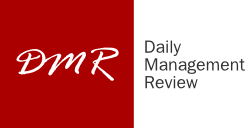In her recent remarks, Lagarde mentioned that the current risks affecting inflation are fairly balanced. On one side, a stronger euro against the US dollar might lead to a slower-than-anticipated rise in consumer prices.
However, on the other side, there are factors like possible interruptions in supply chains, higher government spending on defense and infrastructure projects, and the impacts of climate change that might drive up inflation. She also noted that the outlook for inflation is more uncertain than usual.
During the October meeting, the ECB decided to keep the main interest rates the same.
The Eurozone's deposit rate is set at 2% per year, the main refinancing rate stands at 2.15%, and the margin lending rate is 2.4%. This decision was reached by all members of the ECB, considering the ongoing growth in the European economy and the relatively stable inflation levels across the region.
source: reuters.com
However, on the other side, there are factors like possible interruptions in supply chains, higher government spending on defense and infrastructure projects, and the impacts of climate change that might drive up inflation. She also noted that the outlook for inflation is more uncertain than usual.
During the October meeting, the ECB decided to keep the main interest rates the same.
The Eurozone's deposit rate is set at 2% per year, the main refinancing rate stands at 2.15%, and the margin lending rate is 2.4%. This decision was reached by all members of the ECB, considering the ongoing growth in the European economy and the relatively stable inflation levels across the region.
source: reuters.com





